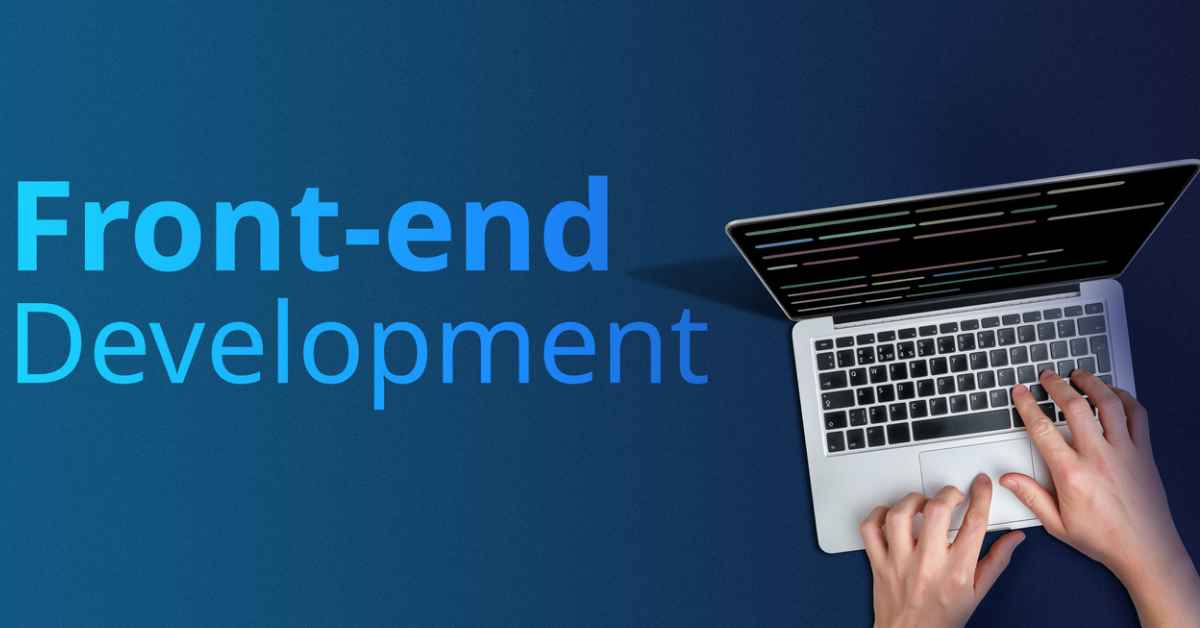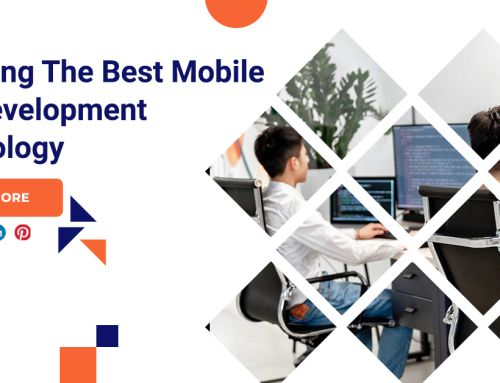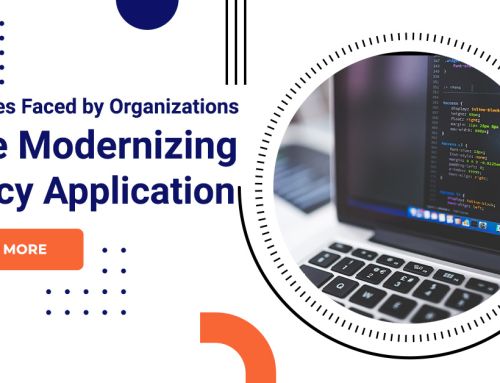Process Of Website Development In 7 Steps
Professionally website development are strategically planned for perfect technical performance and marketing efficiency, optimized for search engines and conversions.
Website development
Project objectives
The primary goal of this project is to create a dynamic and user-friendly website that aligns with the organization’s objectives. Key objectives include enhancing online presence, improving user engagement, and driving conversions. Clear objectives will serve as the foundation for all project phases.
Website planning
Effective website planning involves thorough research, understanding the target audience, and defining key features. A comprehensive plan will address content structure, user flows, and overall site architecture. This stage sets the roadmap for a seamless development process.
Integration requirements
Identifying integration needs is crucial for a fully functional website. This includes third-party tools, payment gateways, and any other systems that enhance user experience. Seamless integrations ensure a cohesive online environment.
Content management system requirements
Choosing the right Content Management System is essential for easy content updates. The selected CMS should align with project goals, allowing for efficient content creation, publishing, and maintenance.
Technology requirements
Determining the technology stack is vital for website performance and scalability. This includes server requirements, programming languages, and frameworks. A robust technology foundation ensures a stable and secure platform.
SEO opportunities
SEO opportunities must be integrated into the website structure from the start. This involves keyword research, on-page optimization, and other strategies to improve search engine visibility and drive organic traffic.
Site map and user journeys
A well-structured site map and defined user journeys ensure a logical and intuitive navigation experience. This includes planning how users will move through the site to find information and complete desired actions.
Conversion paths and messaging
Identifying conversion paths is crucial for turning visitors into customers. Clear messaging, compelling calls-to-action, and a strategic user flow guide users towards desired actions, enhancing the conversion rate.
KPI
Key Performance Indicators must be established to measure the success of the website. Whether it’s conversion rates, user engagement, or traffic sources, tracking KPIs provides valuable insights for ongoing optimization.
Design
Wireframes Wireframes serve as the blueprint for the website layout. They outline the placement of elements, ensuring a visually appealing and user-friendly design.
User interface design
User Interface Design focuses on creating an aesthetically pleasing and intuitive interface. This includes the selection of colors, fonts, and overall visual elements that align with the brand and enhance user experience.
Prototypes
Prototypes allow for a hands-on preview of the website’s functionality. They help identify any design or usability issues before the development phase, ensuring a smooth user experience.
Long-form content
Long-form content, such as blog posts or articles, adds depth to the website. It provides valuable information to users and enhances SEO efforts.
Development
Backend development involves building the server-side of the website, ensuring it functions smoothly. This includes database management, server configuration, and application logic.
Frontend development
Frontend development focuses on the user interface and overall user experience. It brings the design to life, ensuring a responsive and visually appealing website.

Quality assurance
Thorough testing is essential to identify and rectify any bugs or issues. Quality Assurance ensures the website functions seamlessly across different devices and browsers.

Launch and maintenance
The launch phase involves deploying the website to the live environment. Post-launch, ongoing maintenance is crucial for updates, security patches, and continuous improvement.
Conclusion
The successful execution of this project requires a holistic approach—from strategic planning and robust development to thoughtful content creation and ongoing optimization. By adhering to the outlined objectives and stages, we aim to deliver a website that not only meets but exceeds expectations.







